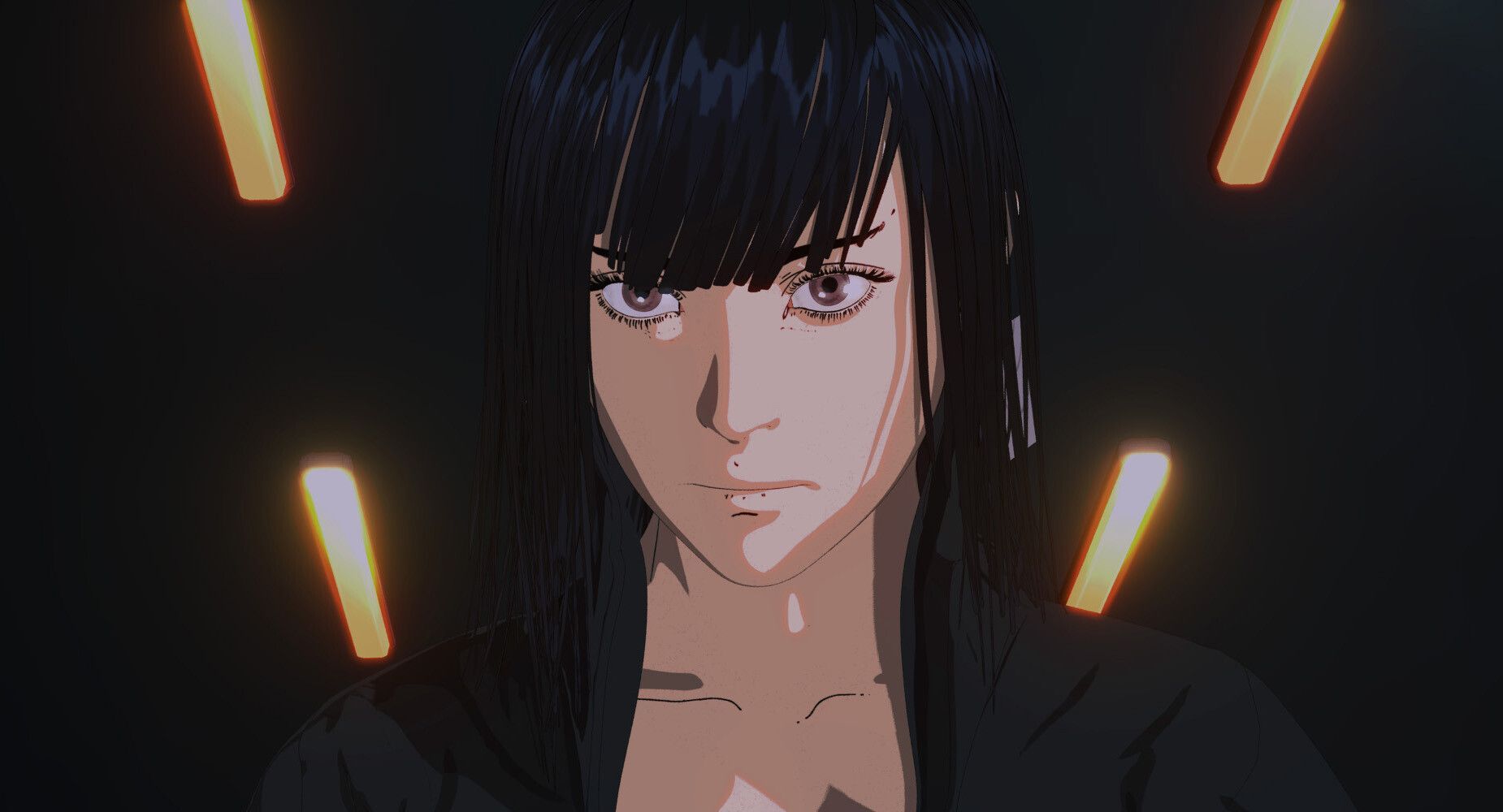Zero Shade
Against emoji.

The things we use every day change the way we think.
Writing's come around again: we're back to hieroglyphics.
Emoji began as crude sketches, formed by punctuation.
:)
Turns out, our brains quickly grew adept to reading them as real feelings. So as messaging tech improved, they stuck. Now they're intricate miniatures, capturing nuances of appearance, profession, objects - everyday image language.
But something's lost.
.
Emojis don't just happen; they're planned. The Unicode Consortium regulate their design and use, and over time the faces have become more realistic; from simple lines to cartoon portraits. In 2015, they chose to course-correct from the 'obviously white' features, by adding racial diversity.

So on top of the fact that different generations use emoji in weird, different, sometimes incompatible ways, it was the end of 'neutral tones'. We liberated people to express appearance and in so doing, opened new conflicts and abuse, from regional colourism to digital blackface.
And with each wave, though emoji now number over 3,000, the demand grows: no, there still aren't enough.
.
We've forgotten something we used to know.
Susan Kare, icon of icons, remarked - “When something’s really realistic, it looks like somebody in particular who’s not you. When you take all the detail away, everyone can project themselves on to something simple".

It's the same point Scott McCloud made in Understanding Comis: in the simple, we read the universal. It's why classic advertising art directors favour crude hand-drawn scamps to highly-rendered mock-ups: with less polish, there's more room for imagination.
It's why Thomas Was Alone has more emotion in its coloured blocks than most blockbusters.
It's why we should never have bothered with mini-portraits, and let emoji stand in their simple, unadorned, emotive state.
.
Realism harms representation when it zeroes in on what makes us different, not what connects us. There's a place for it: in our avatars. From profile photos to bitmoji, these are canvases designed to create detailed self-images of us as we are, or as we want to be seen.
Because in the city we share, we're in desperate need of universal ways to communicate.
And in mangling emoji to feature each of us, we've lost the beautiful simplicity that let them speak for any of us.
.
.
.
image: Maciej Kuciara
